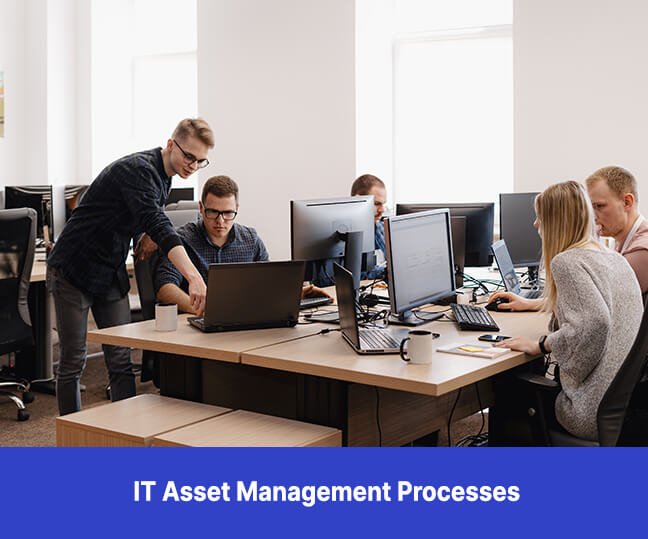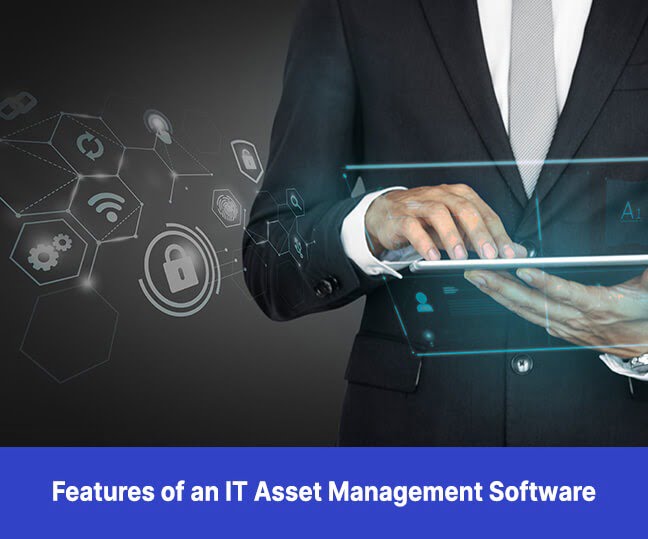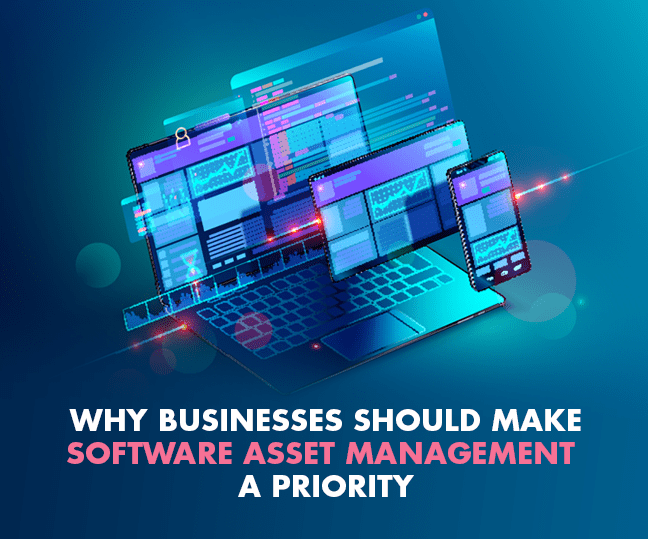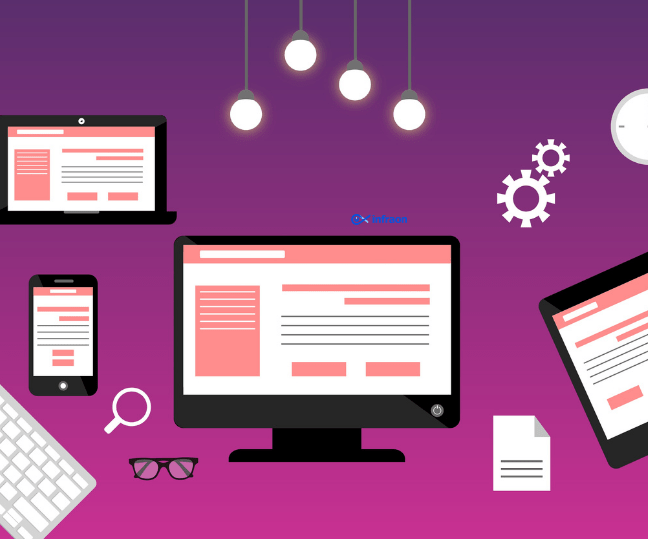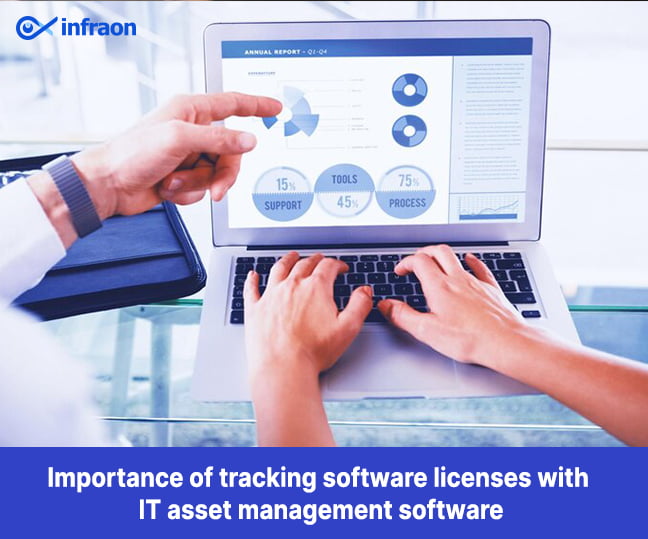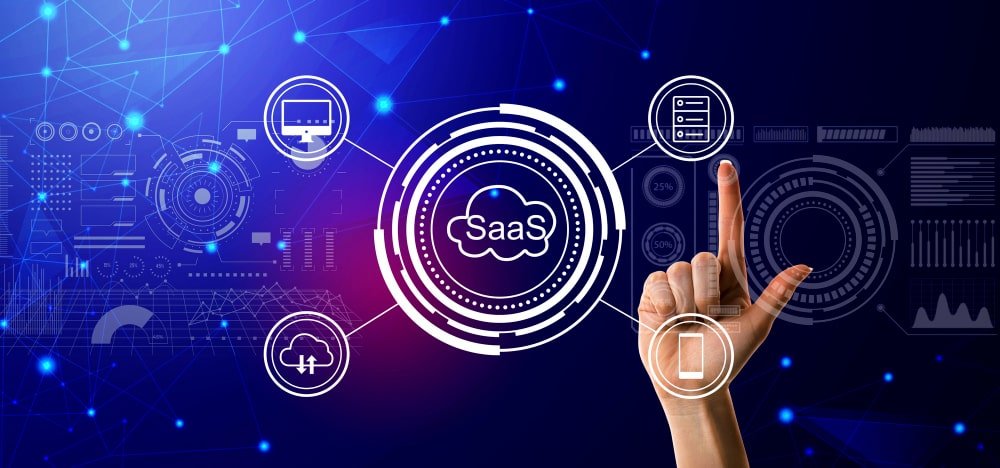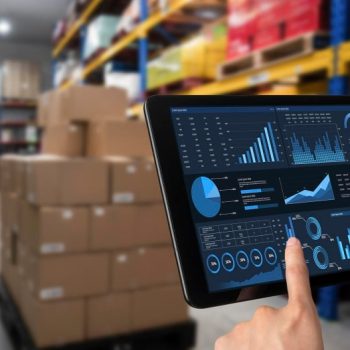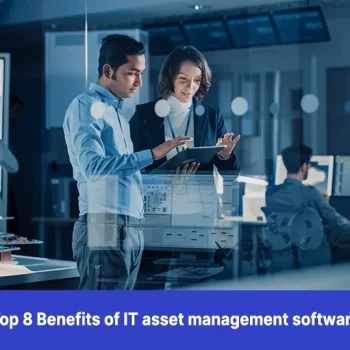In a nutshell, IT asset management is the overall process of ensuring seamless and secure asset lifecycles in your IT ecosystem. An effective IT asset management process helps businesses of all sizes to monitor and manage their assets using a systematic approach. With a proven ITAM process, organizations can improve the productivity and efficiency of an asset, thus enhancing the ROI.
Let’s look at the most common IT asset management processes:
Asset Discovery
Asset discovery is a process that involves keeping track of your network’s active and inactive assets. Some of the best IT asset management solutions can automatically detect and add new software assets to your inventory. During the asset discovery process, ITAM software will detect new software apps on company-owned devices automatically. It can also assist you in locating any unlicensed software.
Track Hardware and Software Metrics
To effectively manage your IT assets, you must keep track of their metrics. You may have varied hardware and software assets depending on the type of your business, and therefore you must choose which KPIs to focus on. The following are some of the most common metrics to track:
- Number of IT assets
- Underused and overused licenses
- Maintenance costs
- Licensed and unlicensed software
- Expired warranties
By tracking these metrics, you can improve the performance of these assets, optimize their use, and reduce repair and maintenance costs.

Track The Complete IT Asset Lifecycle
One of the most important IT Asset Management processes is tracking the full IT asset lifecycle. Asset lifecycle management allows a company to get the most out of an asset – from on-boarding to expiry and/or replacement. The planning stage of lifecycle management is followed by a logical progression until the product is no longer functional and must be disposed of.
If a company tracked the full IT asset lifecycle, it would be able to determine the operational expenses, usage frequency, and performance associated with each asset. This strategy also makes keeping track of the depreciation of each asset easier. This allows you to simply schedule renewals and maintenance.
Track Usage of IT Assets
This IT asset management process can help you figure out how much each of your IT assets is used. With IT asset management, you can easily identify utilization trends and determine whether an asset is underutilized or over-utilized, whether a software license should be canceled or extended, and whether it’s worthwhile to invest in upgrades.
Asset Location Tracking
This process will be beneficial for companies that have many locations. Asset tracking allows you to identify which assets are available and where they are, which helps you better manage your inventory. This way, you can determine how each asset will be distributed.
Track Asset Access
This IT asset management process can be used by the IT department to determine who has access to which IT assets. This feature allows you to see exactly what software and hardware assets the former employee had access to, and to revoke those access rights using the IT asset management platform.
Manage Software Licenses
Proper software licensing management is one of the crucial IT asset management processes. When it comes time for an audit, making sure you’re compliant and not overusing a license might save you a lot of money. The way software licenses and warranties are handled can dramatically cut down on the risk of non-compliance and maintenance costs.
Conclusion
The importance of having a robust asset management system in place grows as the company becomes more sophisticated. While manual IT asset management processes can get the job done, employees will have to wrinkle and iron out a lot of things by hand to ensure that their company gets the most out of the assets available. Hence, all you need is the right IT asset management tool that makes your entire asset management process easier yet effective.
Infraon Assets takes the digitalization of asset management a step further by eliminating spreadsheet-intensive workflows. It empowers you to understand each asset’s ROI in terms of spending, maintenance, and upkeep. You can get access to potential costs about replacement, refurbishment, end-of-life, etc., to make informed purchasing decisions. You can also eliminate unnecessary expenses and show measurable ROI to finance departments.
